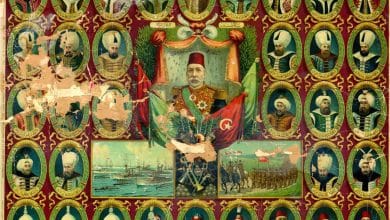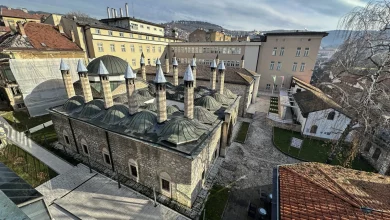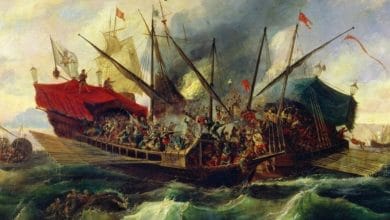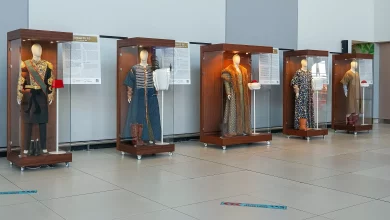The Unyielding Spirit of Mustafa Kemal at Gallipoli: A Legacy of Leadership
How Mustafa Kemal's Leadership Turned the Tide at Gallipoli, Shaping the Future of Modern Türkiye
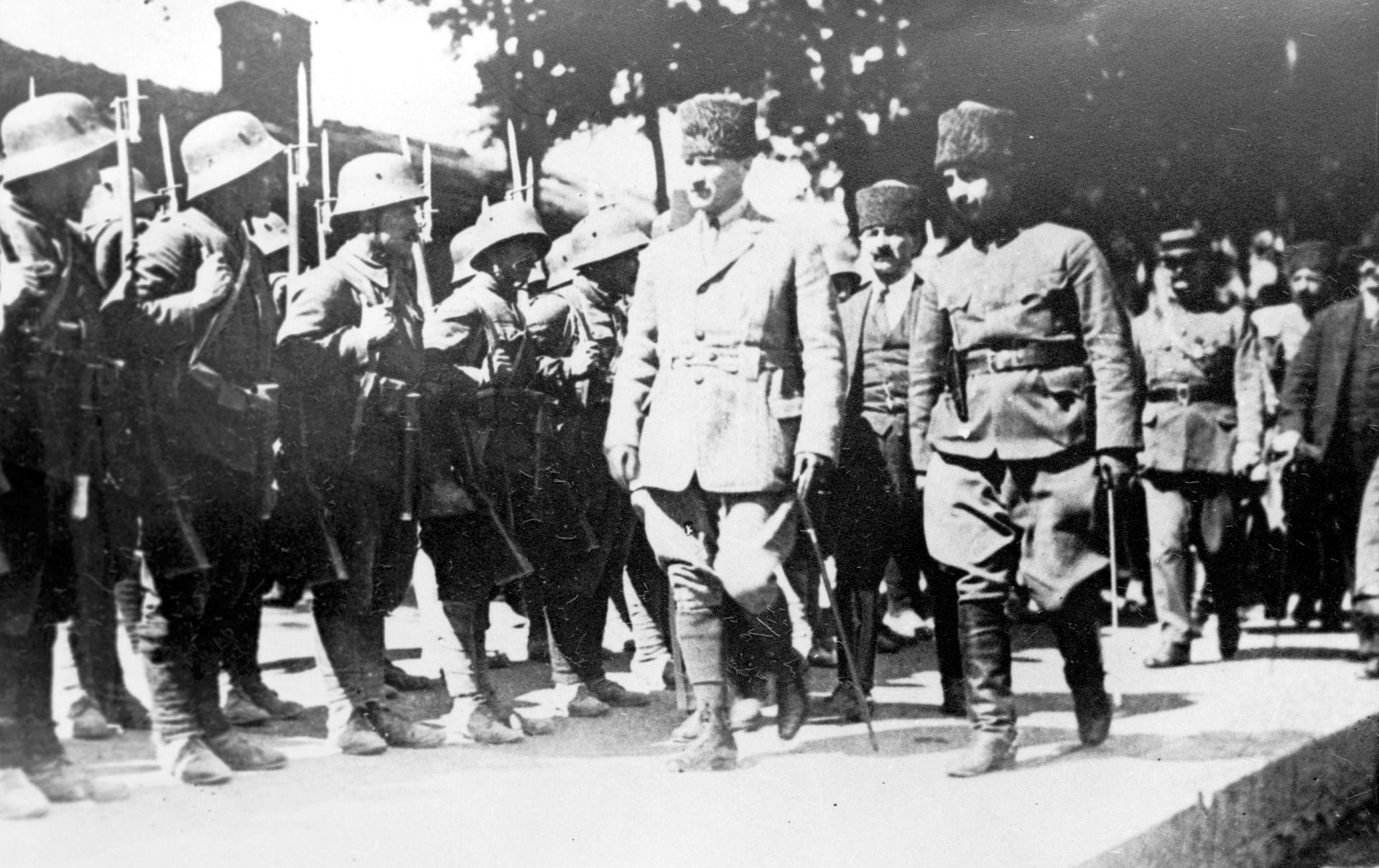
I am not ordering you to attack. I am ordering you to die. In the time that it takes us to die, other forces and commanders can come and take our place.
—Mustafa Kemal, 25 April 1915
Mustafa Kemal Atatürk: The Hero of Gallipoli
In a pivotal moment in history, a remarkable leader emerged to shape not only the fate of his nation but also the very nature of modern warfare. Mustafa Kemal Atatürk, the commander of the 19th Division, showed extraordinary leadership during the Gallipoli Campaign, a testament to his strategic prowess and unyielding spirit. In the words of Maj. Eric T. Venditti, U.S. Army, “Kemal’s grasp of the commander’s role in the operations process serves as a persisting lesson for the leaders of today.” Venditti’s analysis offers us a window into the tactical brilliance and leadership qualities of Mustafa Kemal, who, against all odds, led his forces to a hard-won victory during one of the most grueling conflicts of World War I.
The Gallipoli Campaign: A Battle for the Dardanelles
When the Ottoman Empire allied with Germany and the Central Powers during World War I, it found itself fighting against powerful Allied forces on multiple fronts. The British, under Winston Churchill’s daring plan, launched the Gallipoli Campaign with the aim of seizing the Dardanelles, gaining control over the critical waterway, and eventually opening a path to Russia. On April 25, 1915, the Allied troops launched an amphibious assault, with a swift and decisive strike being essential for their success.
However, what they encountered was not a poorly organized defense, but rather a determined and resolute leader—Mustafa Kemal—who was fully prepared to halt their advance. Positioned at Boghali, a few kilometers from the Allied landing at Ari Burnu, Kemal commanded the 19th Division, which served as the entire reserve force for the Turkish 5th Army. He lacked detailed intelligence and direct orders from his superiors, but he took the initiative and led his men with a singular focus on defending their homeland.
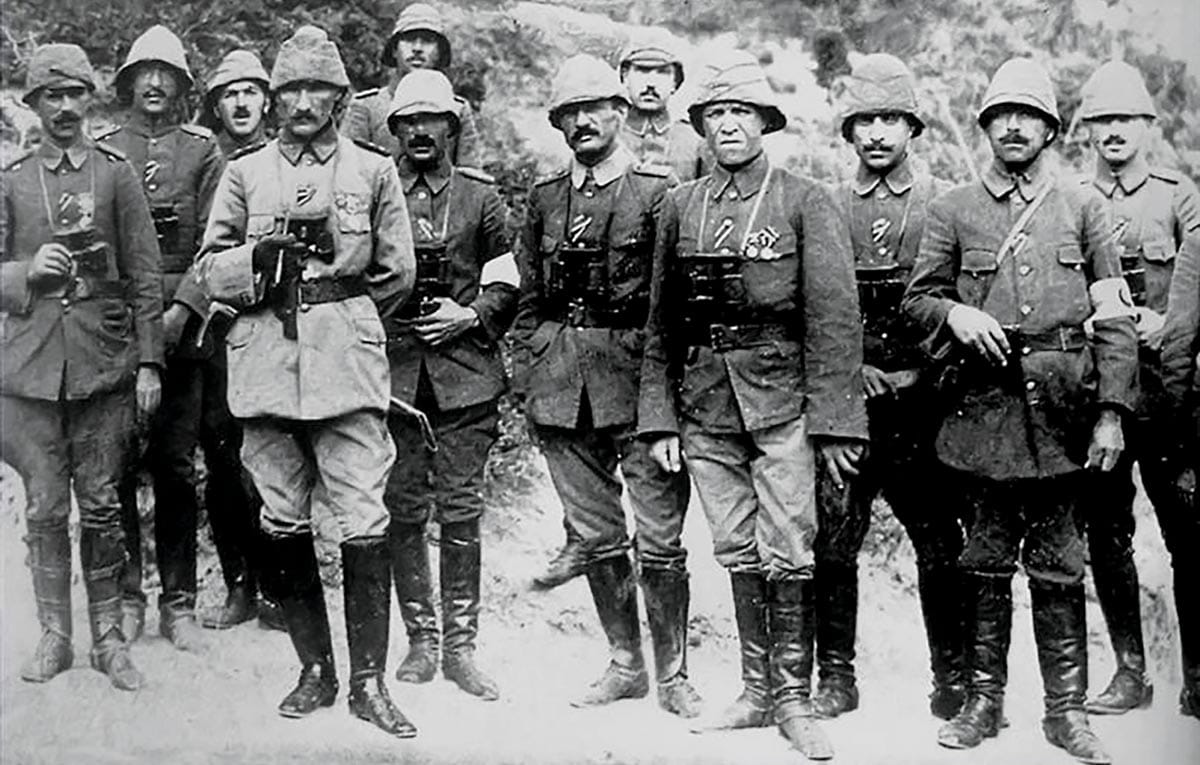
“I Am Ordering You to Die”: A Defining Moment of Leadership
The Allied forces had landed on the beaches under the cover of darkness, and it seemed as though their swift attack would succeed. Mustafa Kemal, however, took immediate and decisive action, refusing to wait for higher command. He famously declared to his troops, “I am not ordering you to attack. I am ordering you to die.” In his analysis, Maj. Venditti noted that Kemal’s words were not merely a command but a call that tapped into the deepest sense of honor and purpose for the Ottoman soldiers, inspiring them to face an overwhelming enemy force.
Kemal personally led the 57th Regiment up to the strategic ridgelines of Chunuk Bair, which controlled access to Maidos and the Dardanelles. He visualized that losing these heights would mean a complete failure of the defense, allowing the Allies to seize control of the peninsula and divide the Turkish forces. With his deep understanding of the terrain, Kemal was able to position his forces to intercept the advancing ANZAC troops, halting them in their tracks and securing the critical heights.
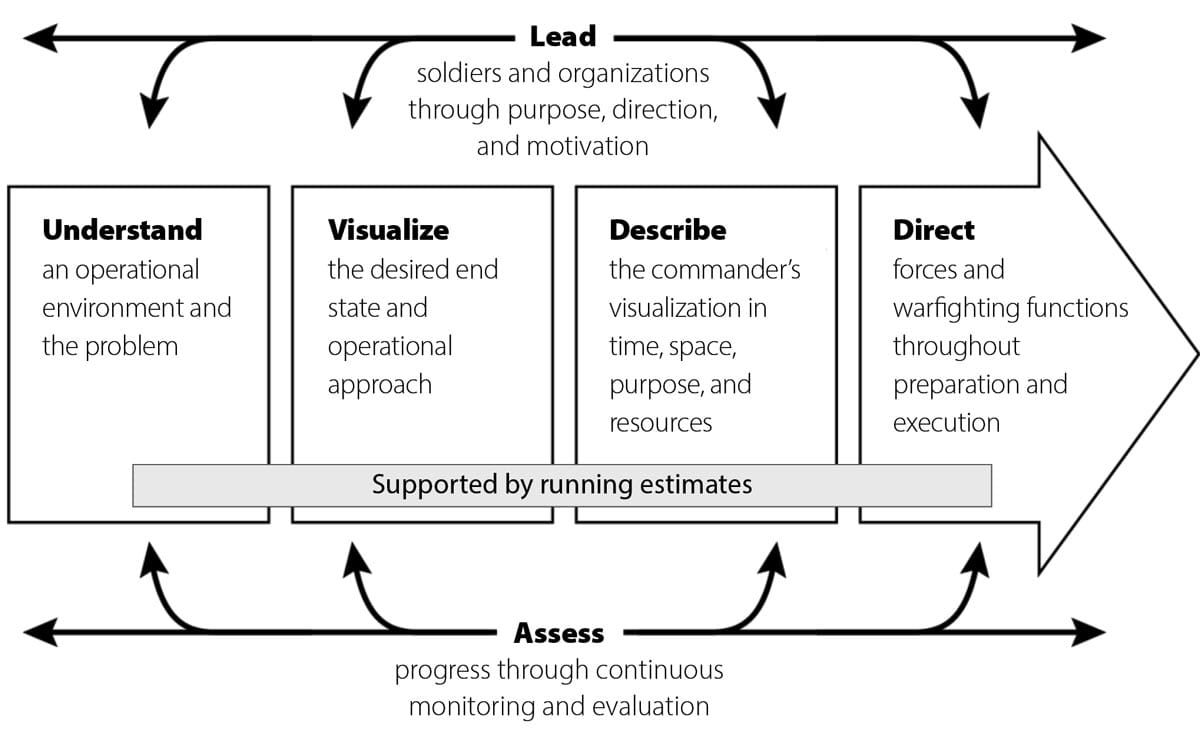
A Master of Improvisation: Utilizing Limited Resources
Kemal’s 19th Division was meant to be a reserve force, and yet he took the risk of deploying it without the approval of his superiors—a decision that ultimately saved the battle for the Turks. Maj. Venditti points out that Kemal committed his battalions piecemeal, relying less on overwhelming firepower and more on the element of immediacy. He ordered his troops to attack and occupy the ridgelines, thereby denying the ANZAC forces the opportunity to expand their foothold and bring in reinforcements.
![Terrain from the Allied Landings at Anzac Cove on the First Day of the Invasions, 25 April 1915 (Graphic courtesy of Ngā Tapuwae Trails and the New Zealand Ministry for Culture and Heritage [Manatū Taonga])](https://osmanonline.me/wp-content/uploads/2024/11/Venditti-Rock-of-Gallipoli-img5.jpg)
The Courage to Act and the Drive to Inspire
Leadership in battle requires more than tactical skill—it demands the ability to inspire and direct under the harshest conditions. Mustafa Kemal exemplified this, and his actions at Gallipoli demonstrate why he is remembered as one of history’s great military leaders. When Kemal met with his corps commander, Essat Pasha, he made it clear that the Allied attack was no mere feint but rather a full-scale invasion that threatened the entire defense line. Kemal’s initiative and clarity led to him receiving command over additional reserves, solidifying his ability to counter the Allied advance effectively.
Venditti emphasizes that one of Kemal’s greatest qualities as a commander was his understanding of his role in the larger mission. He recognized that holding the ridgelines was the linchpin for the entire Turkish defense at Gallipoli. Without hesitation, Kemal took charge, made decisions, and acted swiftly to protect his sector—even when it meant going beyond his assigned responsibilities. His clear orders and motivational words were instrumental in inspiring his soldiers to carry out one of the most demanding missions in military history.
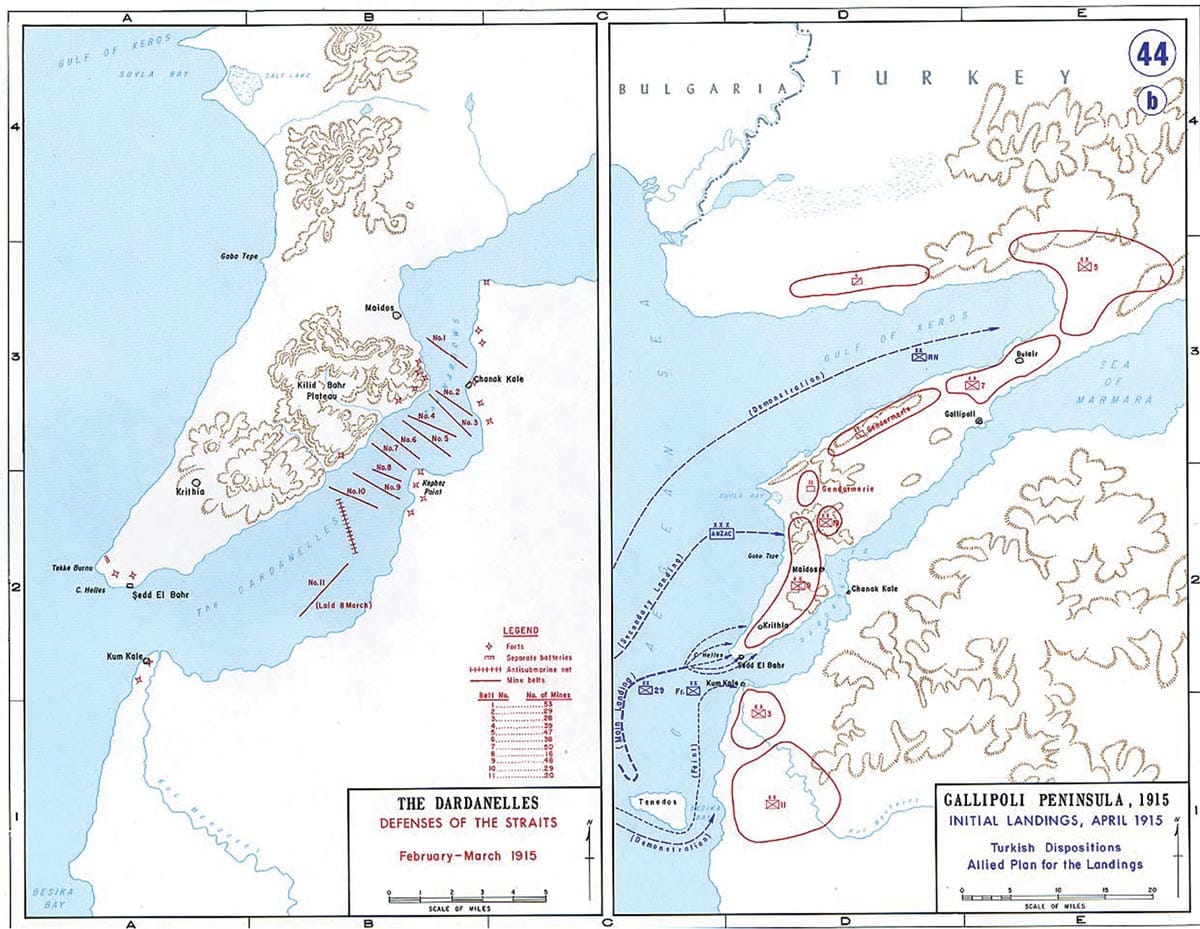
The Aftermath: Lessons in Leadership and Legacy
The fighting at Gallipoli would continue for months, with both sides enduring incredible hardship. In the end, the Allied forces evacuated the peninsula, marking a rare victory for the Ottoman Empire in World War I. The events of April 25, 1915, marked the beginning of Mustafa Kemal’s rise as a national hero—a rise that would eventually lead to him founding the Republic of Türkiye in 1923.
Maj. Venditti concludes that Kemal’s actions at Gallipoli continue to serve as timeless lessons for military leaders. The understanding of terrain, the need to motivate troops under dire circumstances, and the courage to make decisions in uncertain environments are qualities that define great commanders. Mustafa Kemal Atatürk embodied these traits, and his leadership during the Gallipoli Campaign not only saved a battle but also set the foundation for the modern Turkish state.
Kemal’s legacy as “The Rock of Gallipoli” is not only about his courage and tactical brilliance but also about his ability to inspire others to achieve the impossible. For today’s leaders, the lessons from Mustafa Kemal’s actions on the beaches of Gallipoli serve as enduring principles of leadership, showing that in moments of great crisis, a strong and resolute leader can change the course of history.

